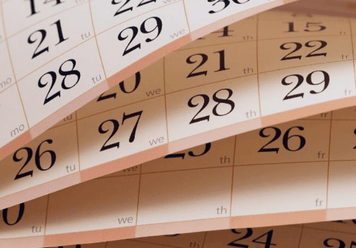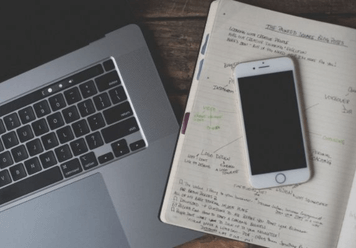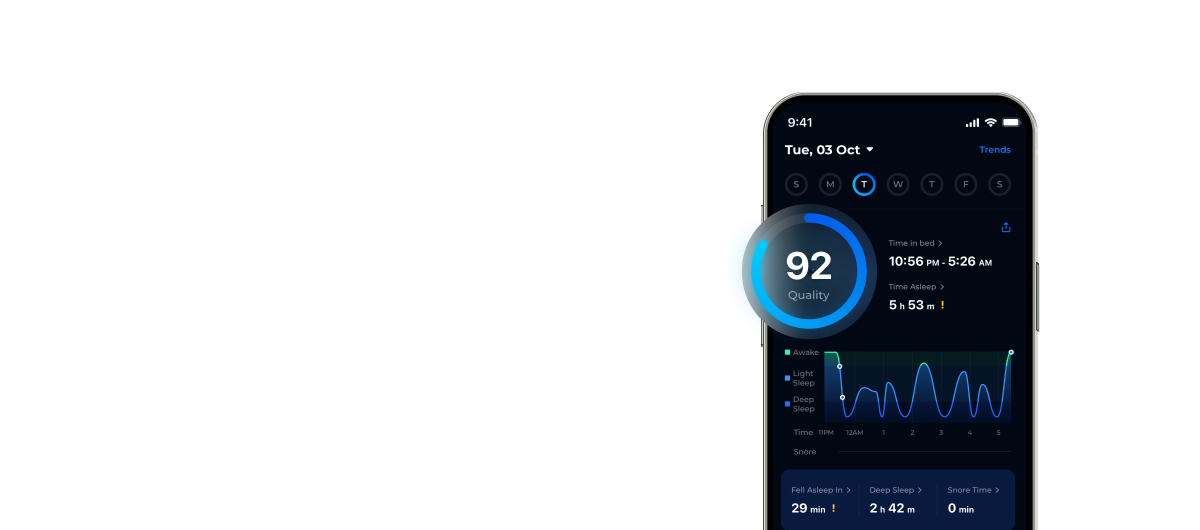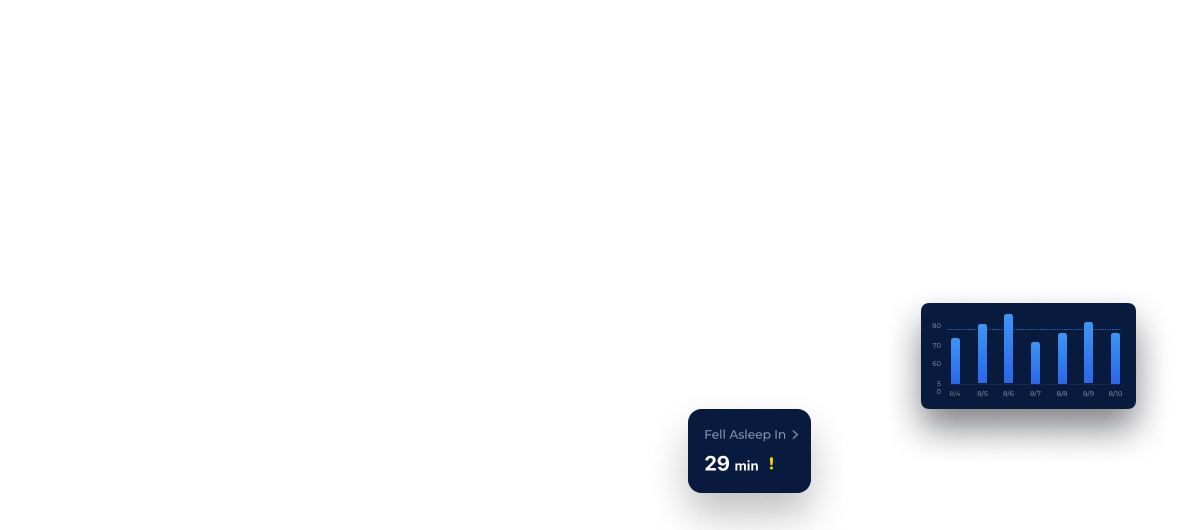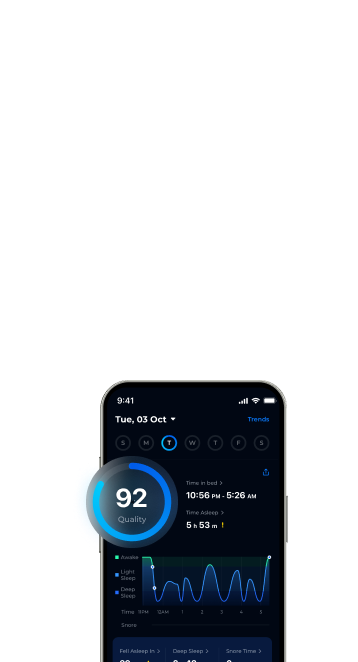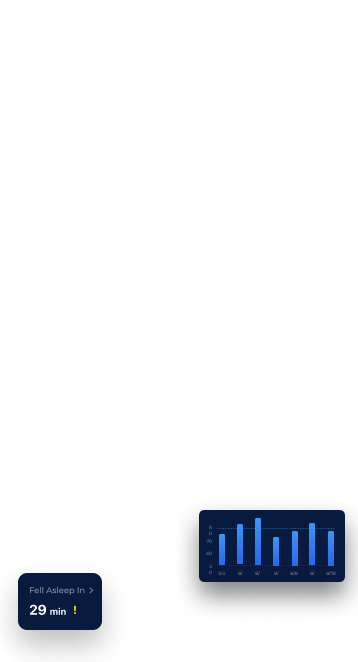Everyone wants to be more productive; spend less time working and more time having fun. Finding time to do the things that brings us joy is becoming increasingly more difficult. Today we want to share how you can use your Bullet Journal for productivity and get more things done.
Productivity doesn’t have to be boring and difficult with a Bullet Journal it will be simple, fun, and creative.
How Does Journaling Increase Productivity?
If you want to use your journaling practice to truly improve your productivity, accelerate your success and minimize stress & overwhelm, there are a few other elements that you need to include besides simply writing down your thoughts.
Write down your #1 goal
One of the journaling practices very helpful is to write down #1 goal every single day before start working. It can be either your #1 life goal, #1 yearly goal or #1 quarterly goal, it doesn’t really matter. The most important thing is that you write down the most impactful and meaningful goal that you’re currently working towards.
By writing down your #1 goal every single day, you’ll be reminded of what working towards on a daily basis. This serves as fuel for motivation and inspiration to stop procrastinating and take massive action instead.
Identify 1-3 daily goals/target/intentions
Another key component of bullet journal for productivity and successful day is to set 1–3 daily goals (or call them targets or intentions). Either do this the night before your workday or early in the morning before you start working. To help you set your goals, ask yourself these two questions:
- What thing(s), if achieved, would lead me to consider this day would be a total success?
- What thing(s), if achieved, lead to significant progress towards my bigger goals?
You absolutely need to have daily goals, targets or intentions as they are critical to help you consistently make significant progress towards the achievement of your bigger goals. It helps you to work deliberately and consciously, instead of merely operating on autopilot.
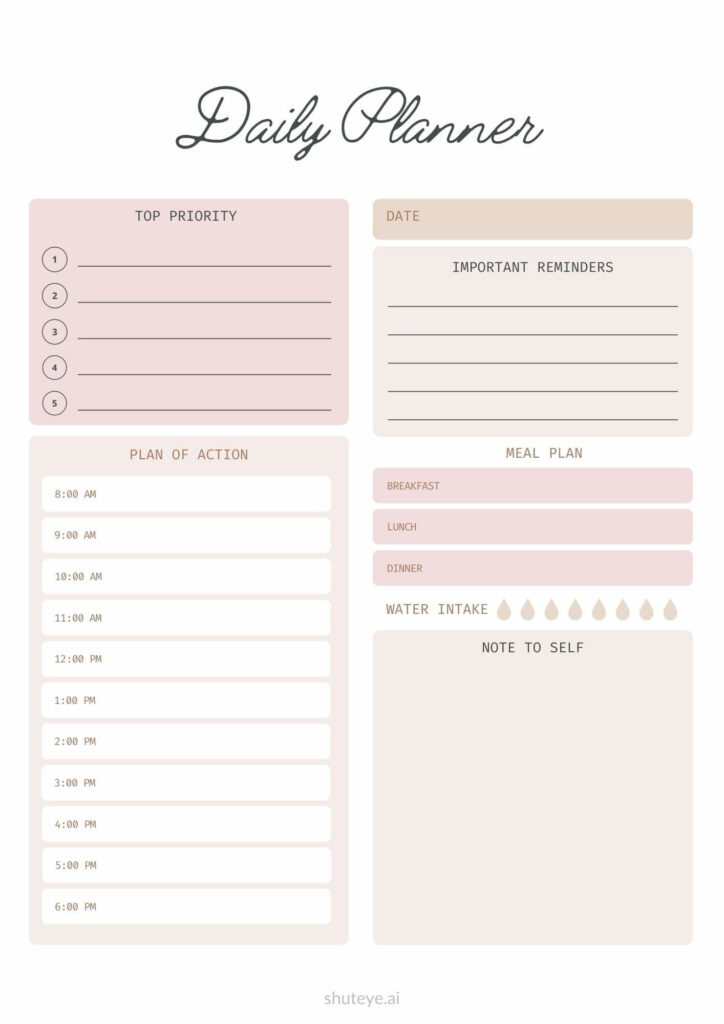
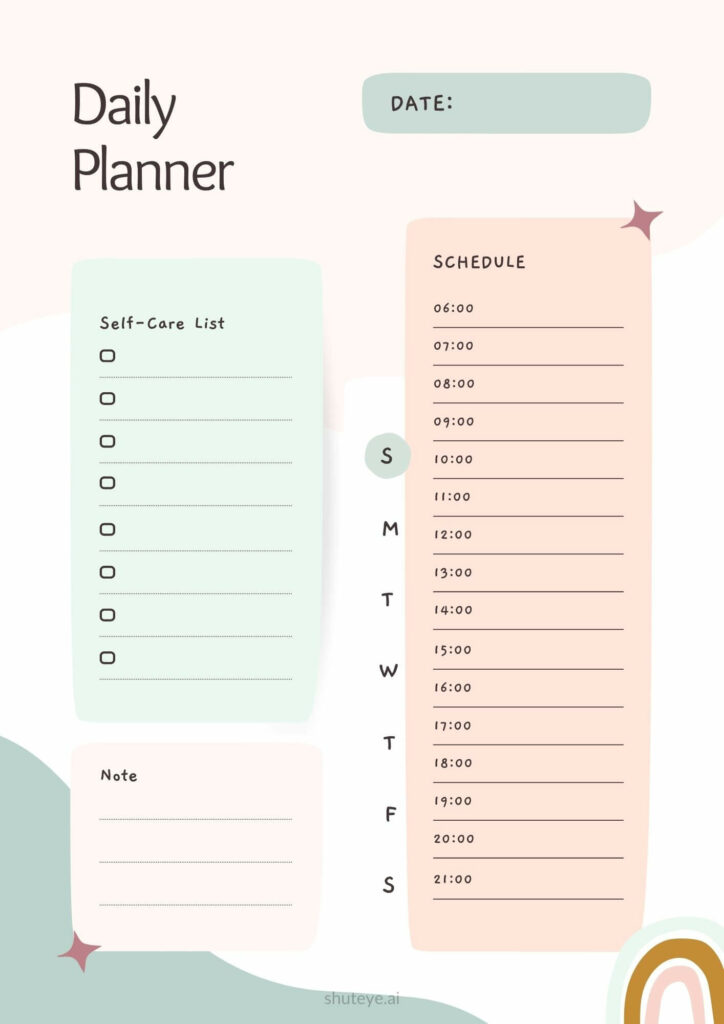
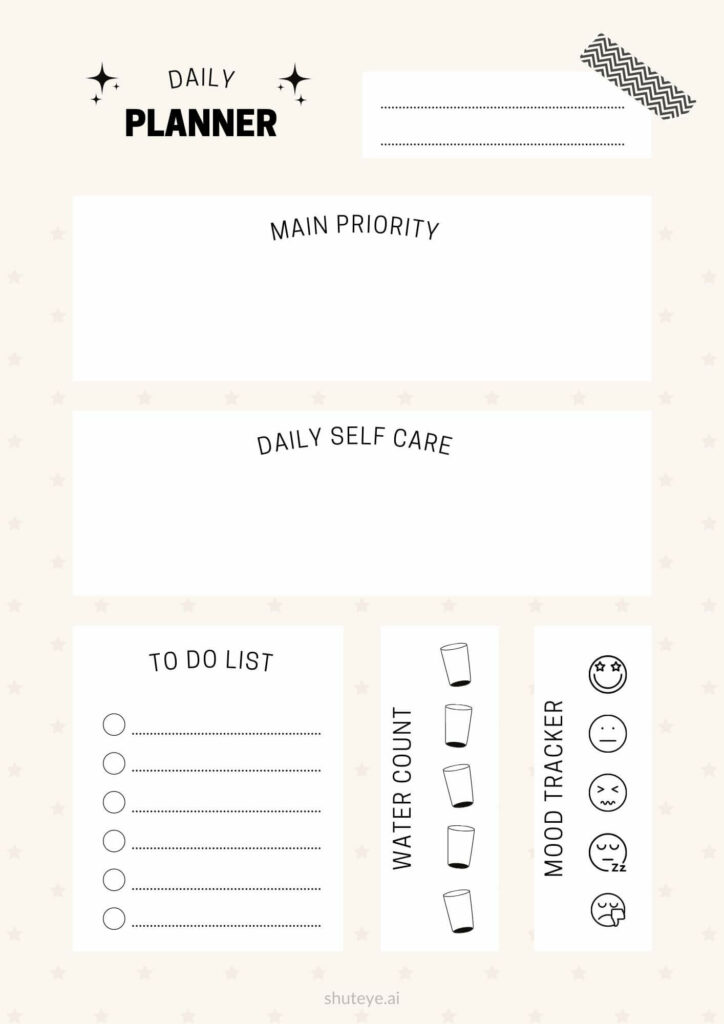
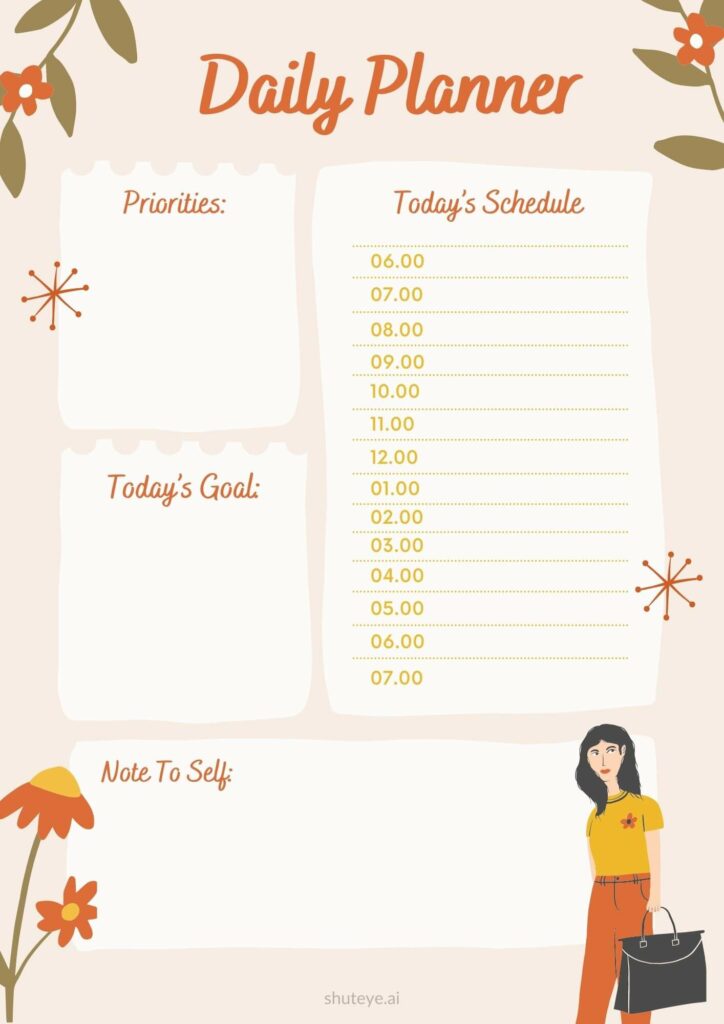
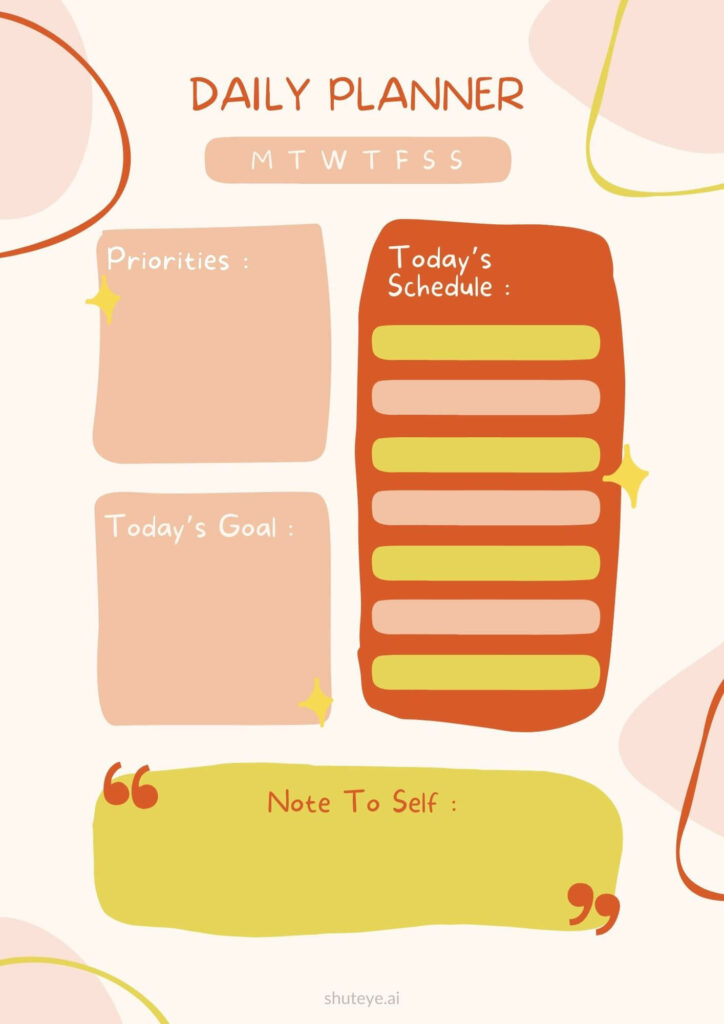
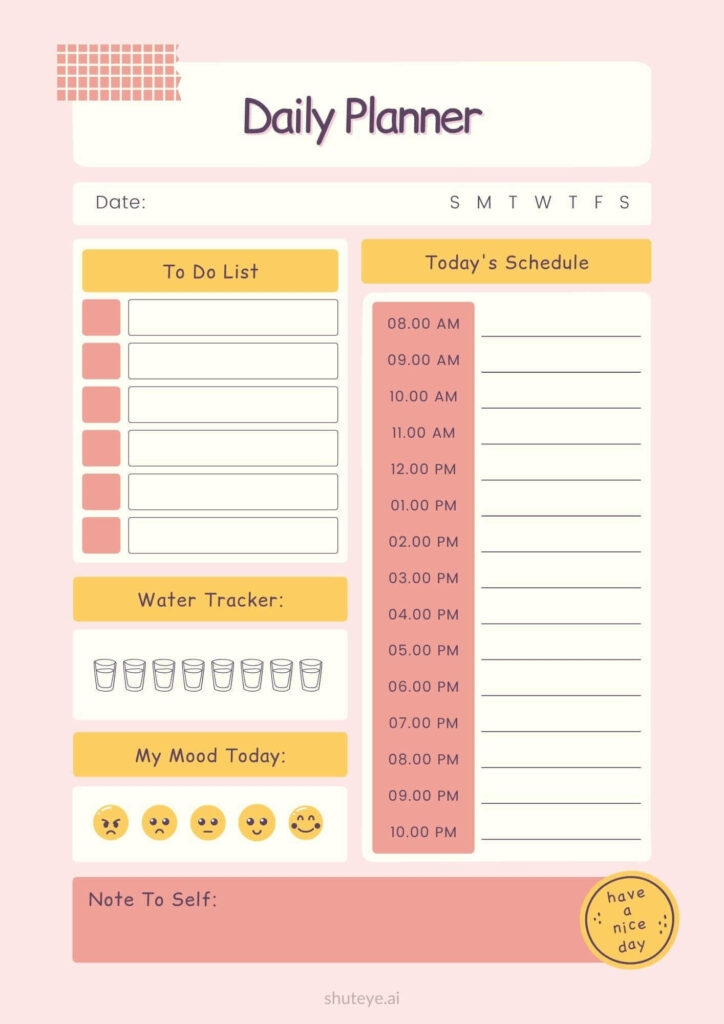
Daily gratitude
One of the most powerful ways to be happier and experience less stress and negativity is to do a very simple daily gratitude exercise.
This daily gratitude exercise is very simple. At the start of the day, write down 3 things that you’re grateful for and focus on this positive feeling for as long as you want to. You could write down anything from how grateful you are for certain loved ones, unique character traits of yourself or your recent achievements.
However, it could also be anything very small, such as the beautiful sunrise or the happy doggo you saw yesterday. It really doesn’t matter that much. As long as you write down 3 things that you’re grateful for and focus on that feeling for as long as you want to.
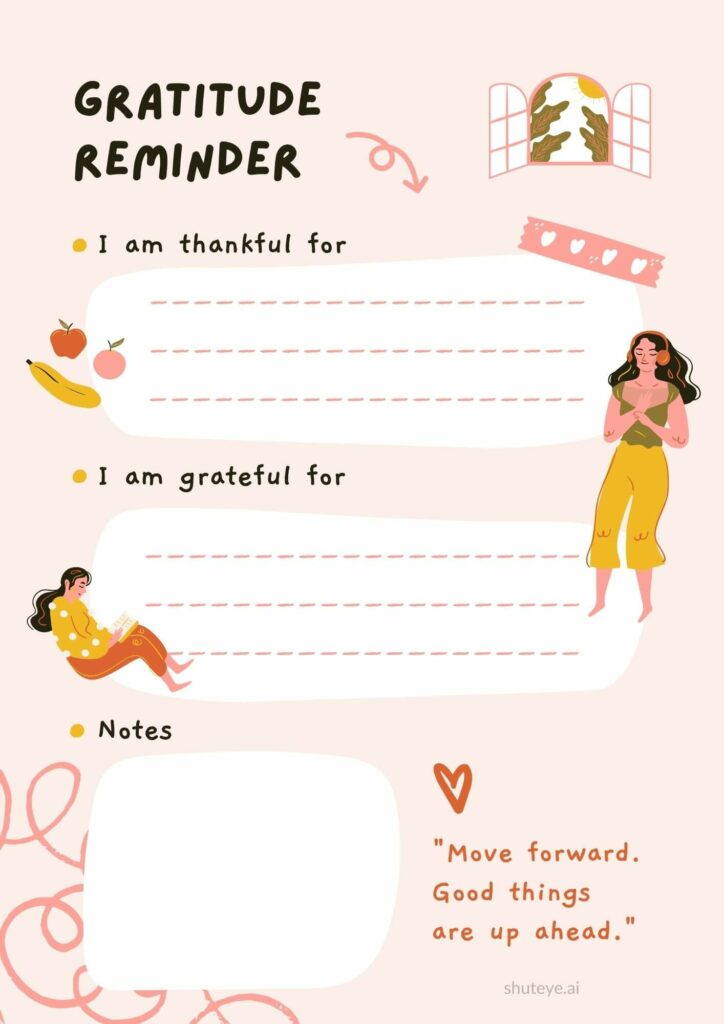
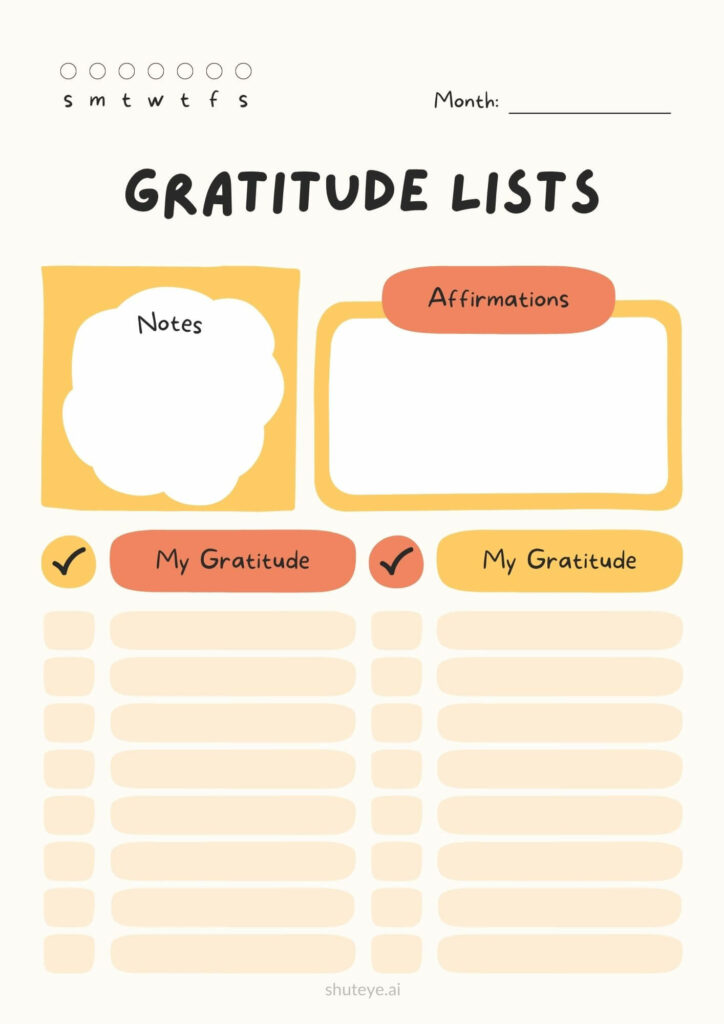
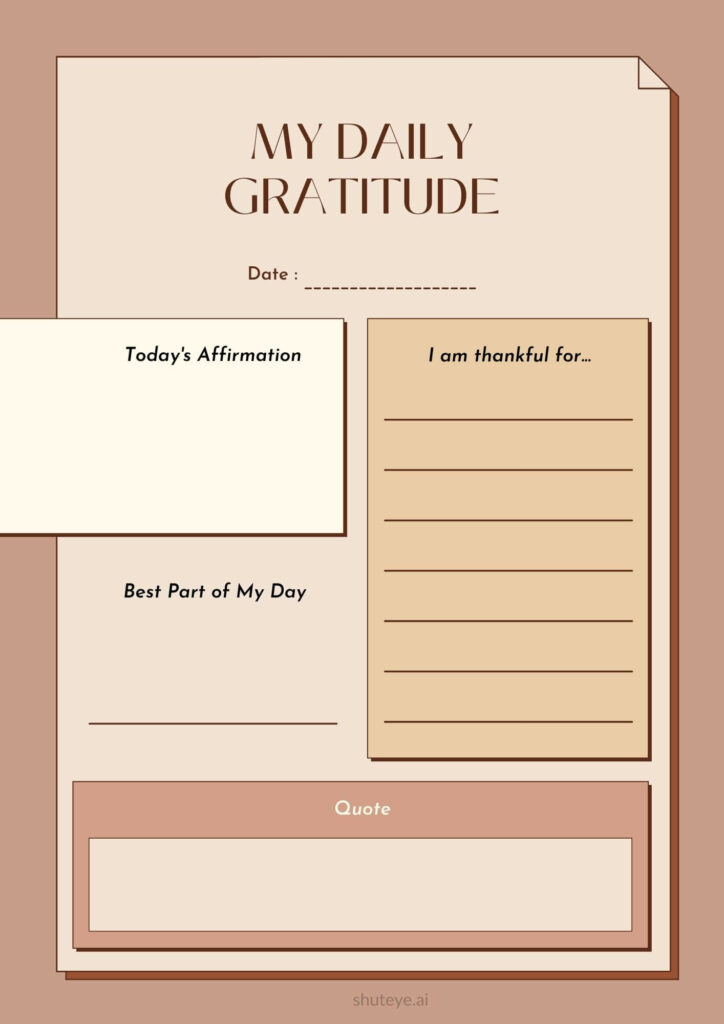
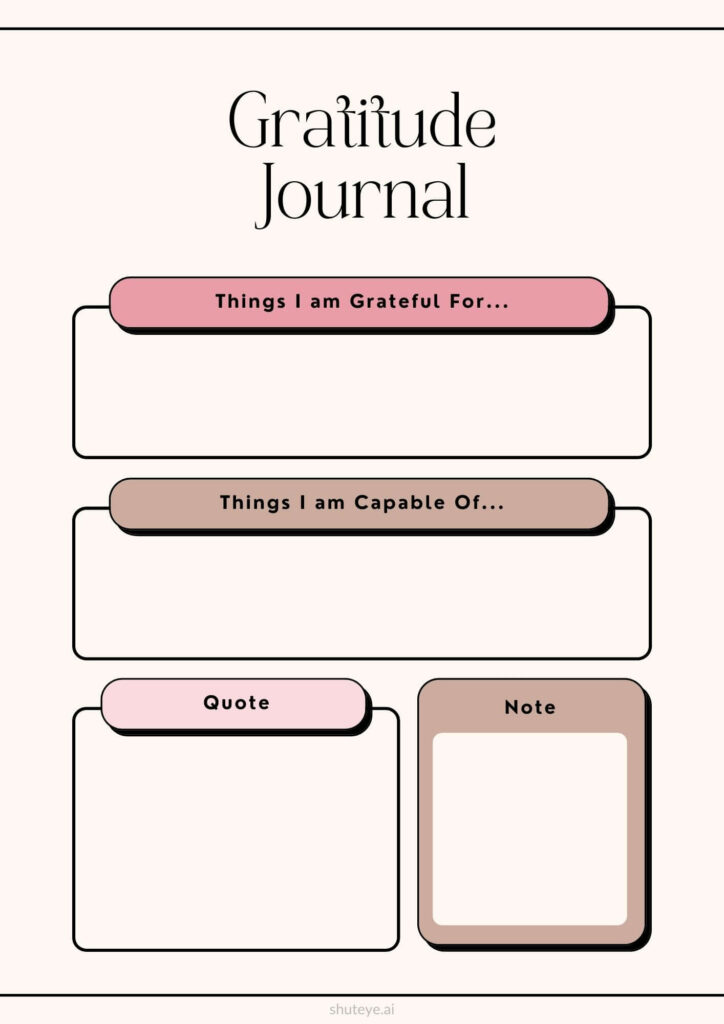
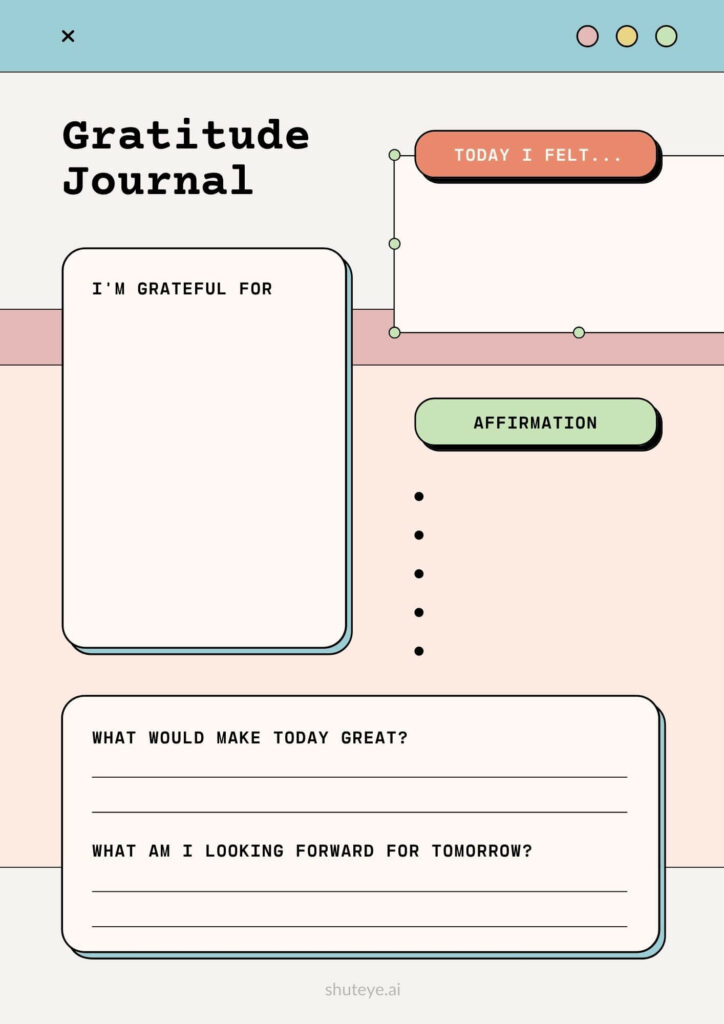
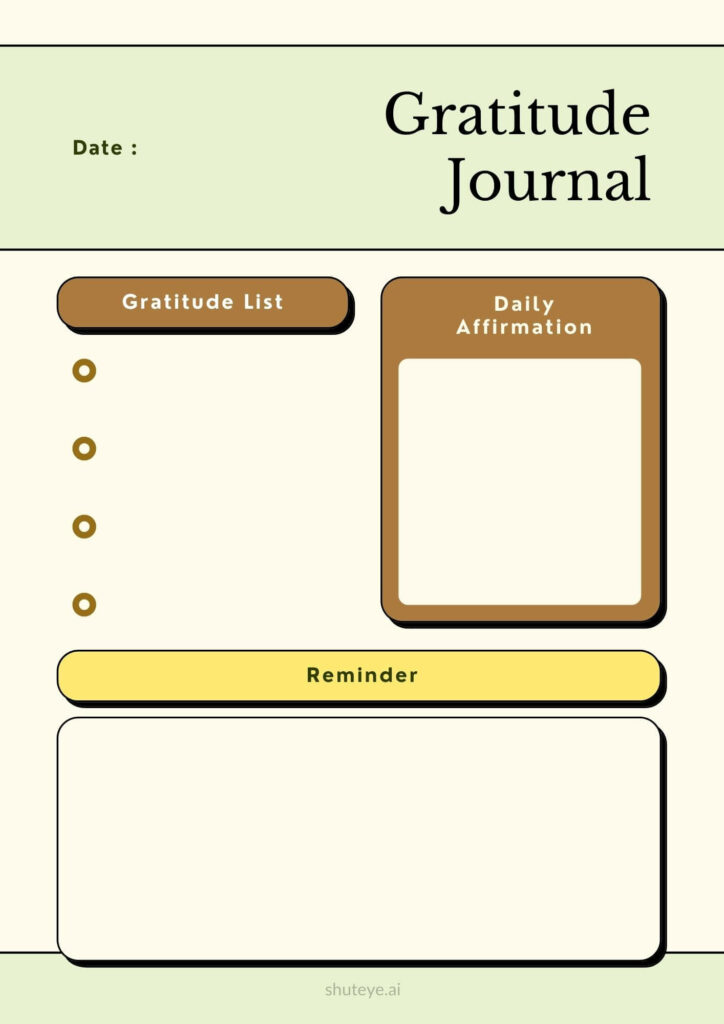
Your ‘lessons learned’
Essentially, this is a space where you can reflect on the things that did go well and didn’t go well. Ask yourself, what are opportunities for improvement? What new lessons can I apply tomorrow, that I learned today? What are some valuable insights that I’ve gained?
Answering these questions will help you gain a top-down view of your own actions, experiences and learnings, which makes you more productive and better equipped to reach your goals the next day.
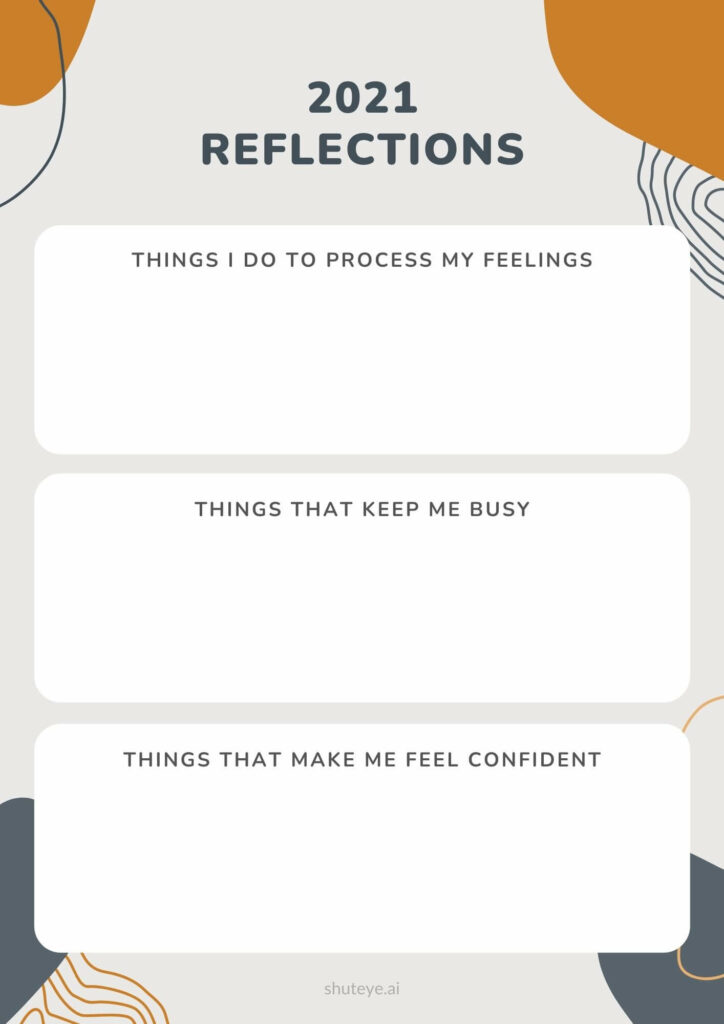
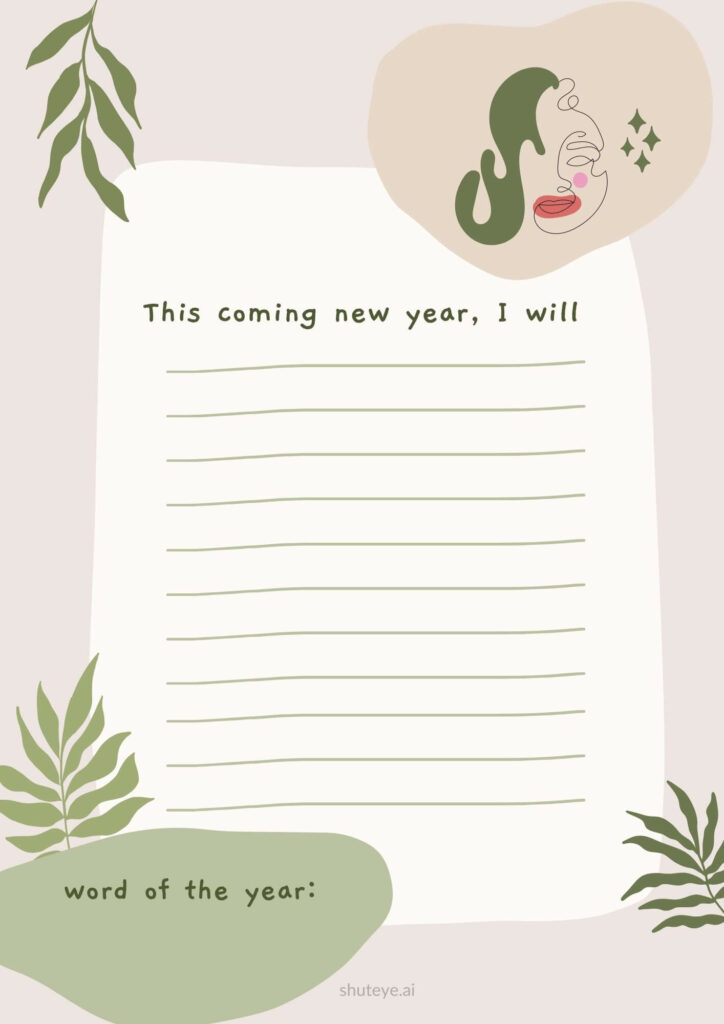
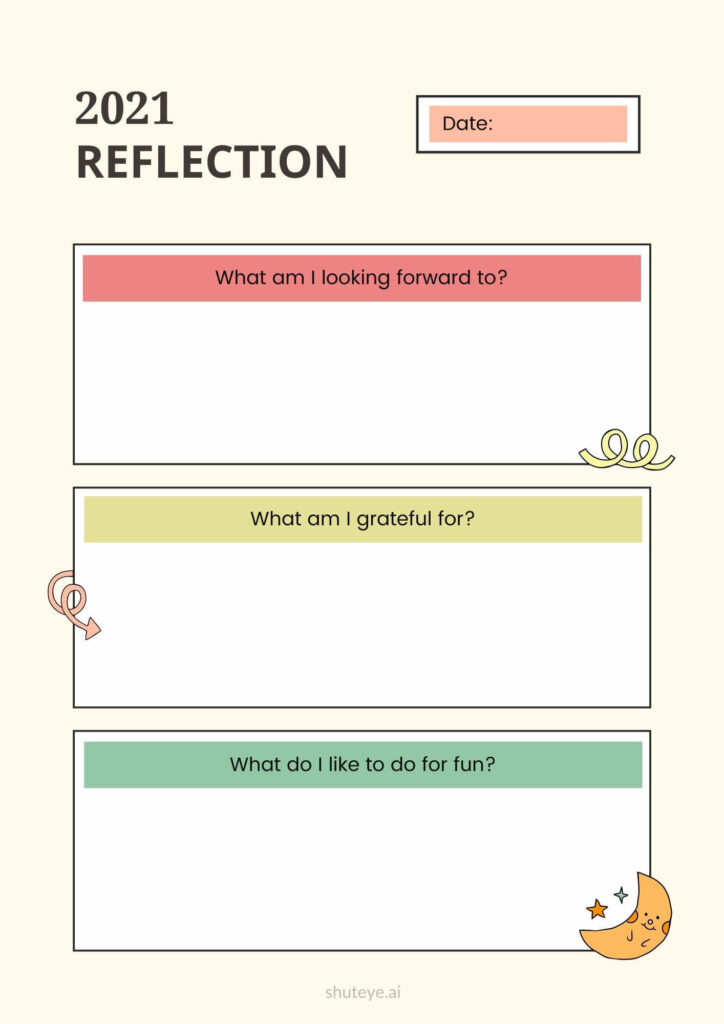
How Do I Make My Bullet Journal Productive?
These tips help you get back on track and increase your productivity as you wouldn’t believe it, especially if you suddenly find yourself struggling with productivity.
1. Keep it simple
Think of the bullet journal as a new relationship. At first, you can’t keep your hands off of it and there is a ton of passion. You might feel a little giddy. But as the relationship goes on and the newness wears off, you might find that making large commitments early on will come back to bite you.
When you first start out, indulge and make a collection or two. Perhaps write a list of lists you’d like to incorporate so you don’t forget all those good ideas that flood to you. In a month, if you are still going strong, you could consider adding a few. Just focus on your daily and monthly planning until you get into a routine.
2. Create a ritual
To use the bullet journal system best, you need to make it systematic. Have a routine every day where you set up your daily spread and plot out your tasks. You could do this the night before or while you are having your morning coffee.
3. Don’t compare
The bullet journal is adaptable to the unique user. However, it can be difficult to go online and see other peoples’ gorgeous journals and not feel kinda crappy about your own. But don’t compare yourself to others! What works for them will not necessarily work for you.
That’s the whole beauty of the bullet journal, after all. Don’t look at someone else’s planner and think “I have to make my planner like X.” Your planner can be messy and full of scribbles and not hold a single bullet journal doodle, and this is OK. Your planner is for you to plan, and no one else has to see it if you don’t want to share, so don’t let worrying about how pretty it is stop you from getting started in the first place.
If there is one single thing other than daily entries that you should have in your bullet journal, it’s a habit tracker. These things are wildly informative and useful. They remind you to do things (check secondary email, floss, water plants, etc.) and make you aware of how often you do certain things.
The habit tracker will force you to be honest with yourself and live a more truthful life. You can track how often you meditate, paint your toes, or lucid dream – the possibilities are endless!
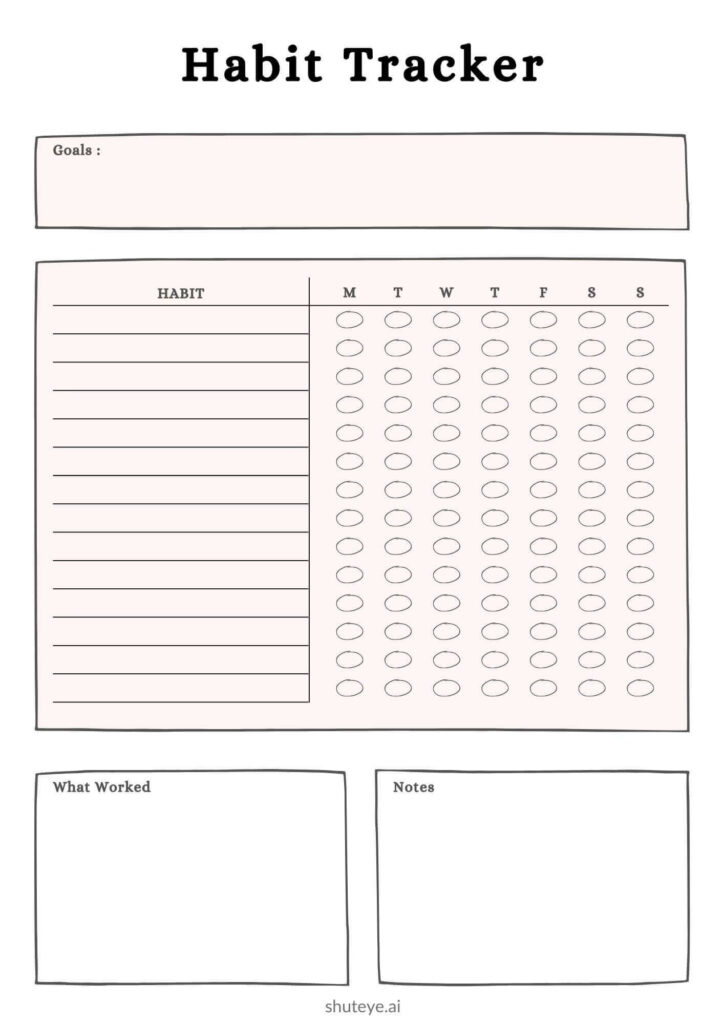
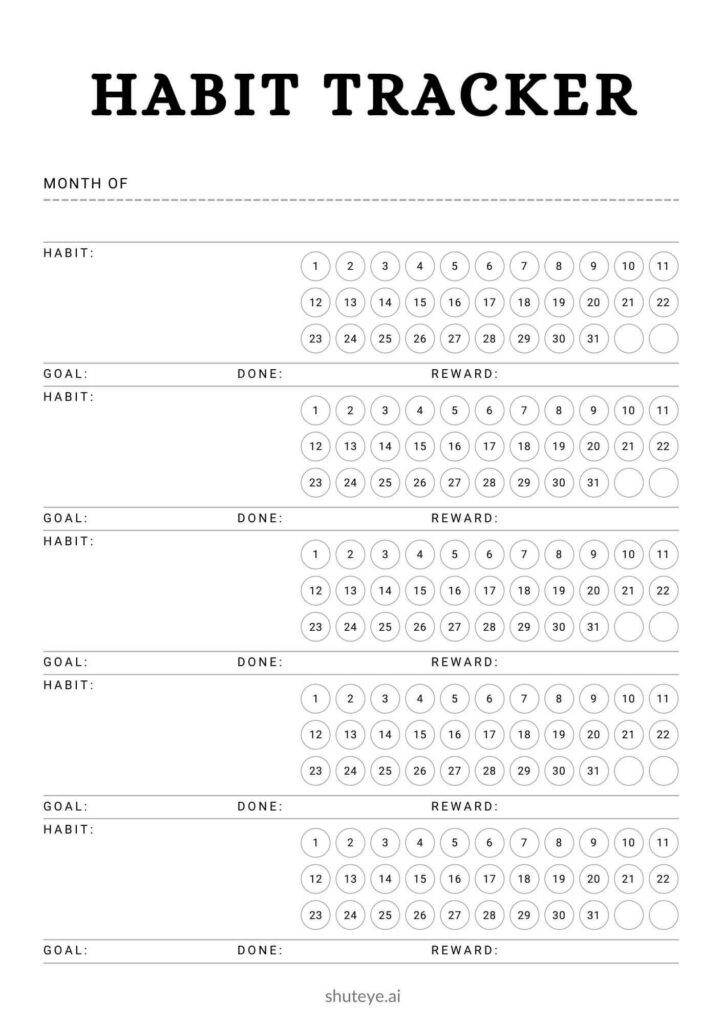
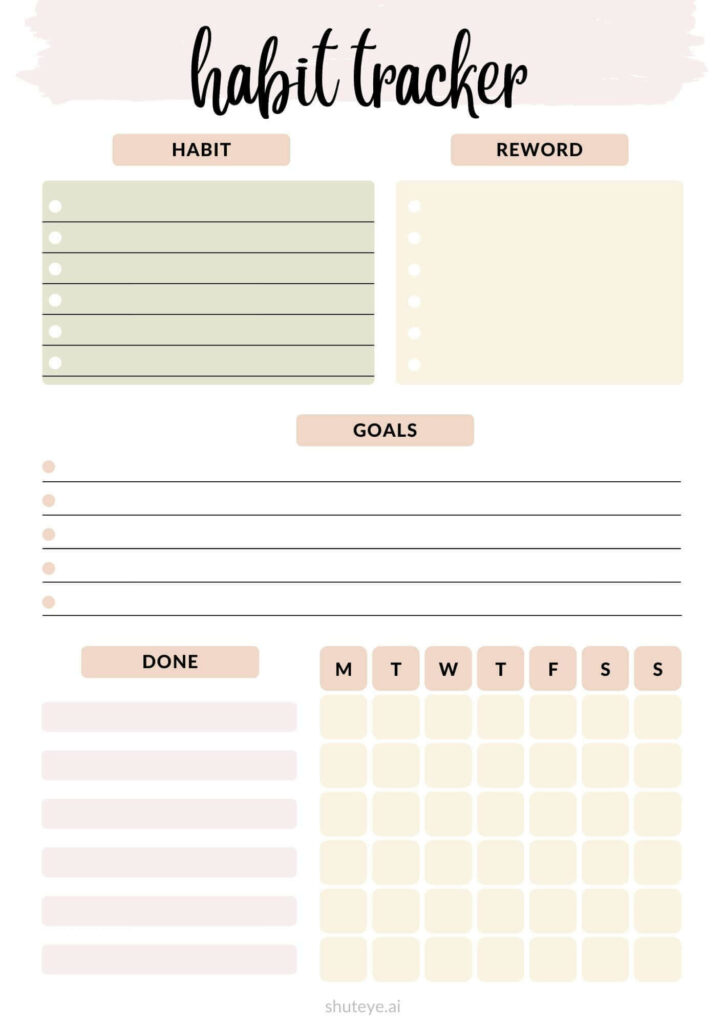
The simplistic nature of the Bullet Journal makes it one of the easiest productivity systems to use. There aren’t any real start-up challenges, and the biggest obstacle is creating your initial logs, index, and page numbers, but even that only takes a few minutes to complete.
Just be sure to give yourself some time to get used to the bullet journal for productivity.





